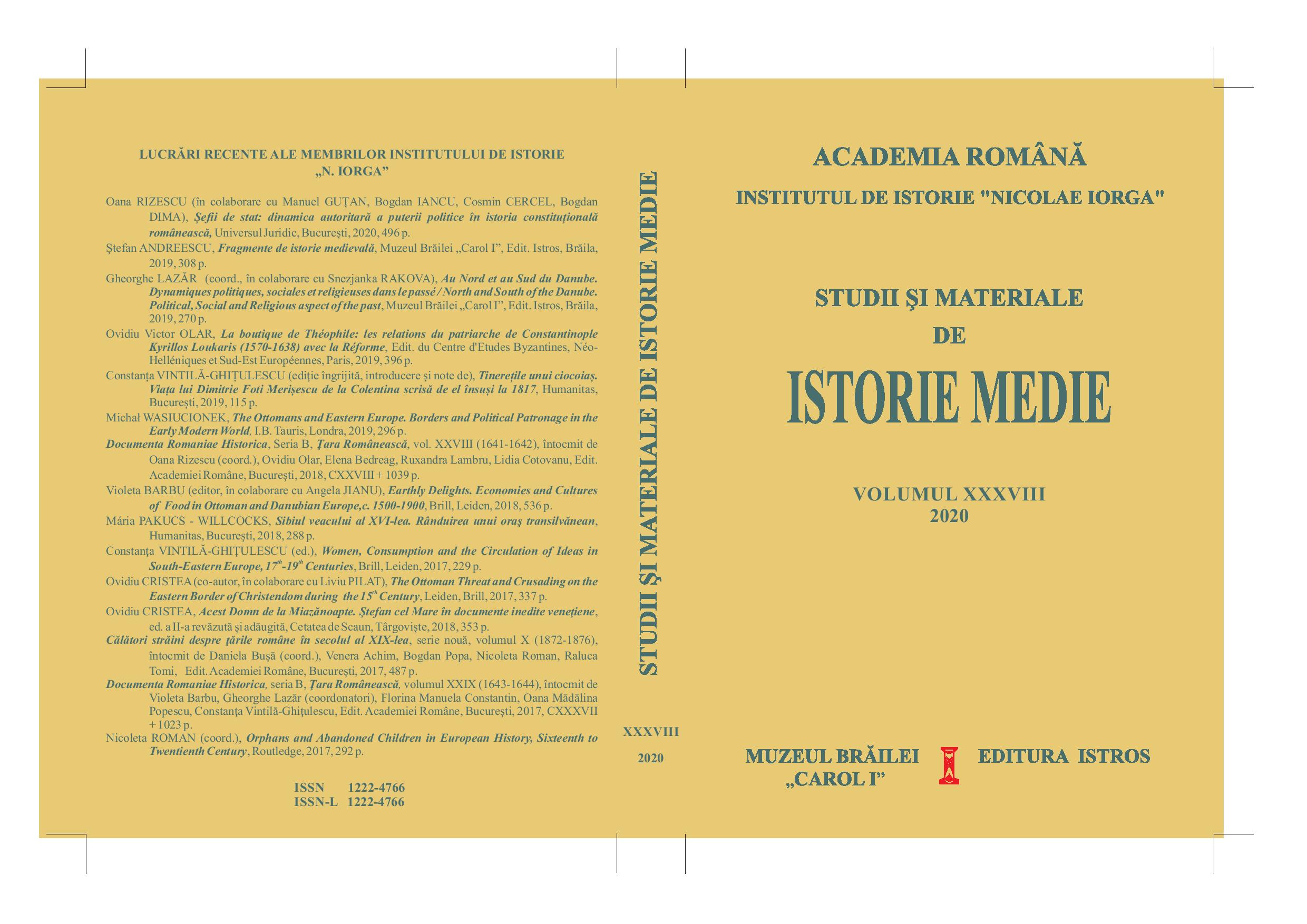À L’ORIGINE DES RAPPORTS ENTRE LA VALACHIE ET LE « MONASTERE IMPERIAL SERBE » DE CHILANDAR AU MONT ATHOS
Concerning the relationship between Wallachia and the „Serbian imperial monastery” of Hilandar (Mount Athos). The Beginnings
Author(s): Matei Cazacu Subject(s): History, Middle Ages, Sociology of Religion
Published by: Institutul de Istorie Nicolae Iorga
Keywords: Athos; Hilandar monastery; Wallachia; matrimonial alliances; Ottoman Empire;
Summary/Abstract: Thanks to Serbian scholars, we now know that the beginnings of the Wallachian relations with the Athonite monastery of Hilandar do not date from 1492, as long thought, but from 1481, more precisely from the reign of Basarab IV the Young, also called the Little Impaler. Drawing on the previous researches of Bosko Bojovic, Petre Ș. Năsturel and Radu G. Păun, the author of this study focuses on the two visits made by the Wallachian prince to Constantinople in 1477-1478 and 1480-1481. Their aim was a political one: Basarab wanted Sultan Mehmed II’s permission to conclude peace with the Hungarian king, Matthias Corvinus. It is our belief that during his stay in Constantinople Basarab has met Sultana Mara Branković, Murad II’s widow. Most likely, Mara introduced to Basarab a young girl, Maria, who was to become his wife and to be brought in Wallachia „from the Turks … with reverence”. Maria and her sister, Voica, who later married another Wallachian prince, Mihnea the Bad, were related to some great noble families, as the Zápolya, the Hunyadi-Corvinus, and, most likely, the Serbian Branković and Jakšić. These family connections explain, in our opinion, why Maria was treated with so much respect and attention in 1479, when she was captured along with the Wallachian treasury by Basarab III the Old and placed under the protection of the Transylvanian voievod, Stephan Báthory. Finally, this also explains why Sultana Mara transferred the patronage over the Hilandar monastery to Basarab the Little Impaler and, later on, to his foe and successor, Vlad the Monk. Vlad was Maria’s second husband and their son, Vlad the Young was to reign over from 1510 to 1512. After the violent death of her sons – the first one, Danciu, Basarab’s son, died in 1510, while the second, Vlad the Young, was killed in 1512 – Maria founded a church in Bucharest and then she took the monastic vows. She was still alive in 1520, but we do not know if she survived to see the death of her grandson, Vlad the Drowned (1530-1532).
Journal: Studii şi Materiale de Istorie Medie (SMIM)
- Issue Year: XXXVIII/2020
- Issue No: XXXVIII
- Page Range: 9-27
- Page Count: 21
- Language: French
- Content File-PDF

